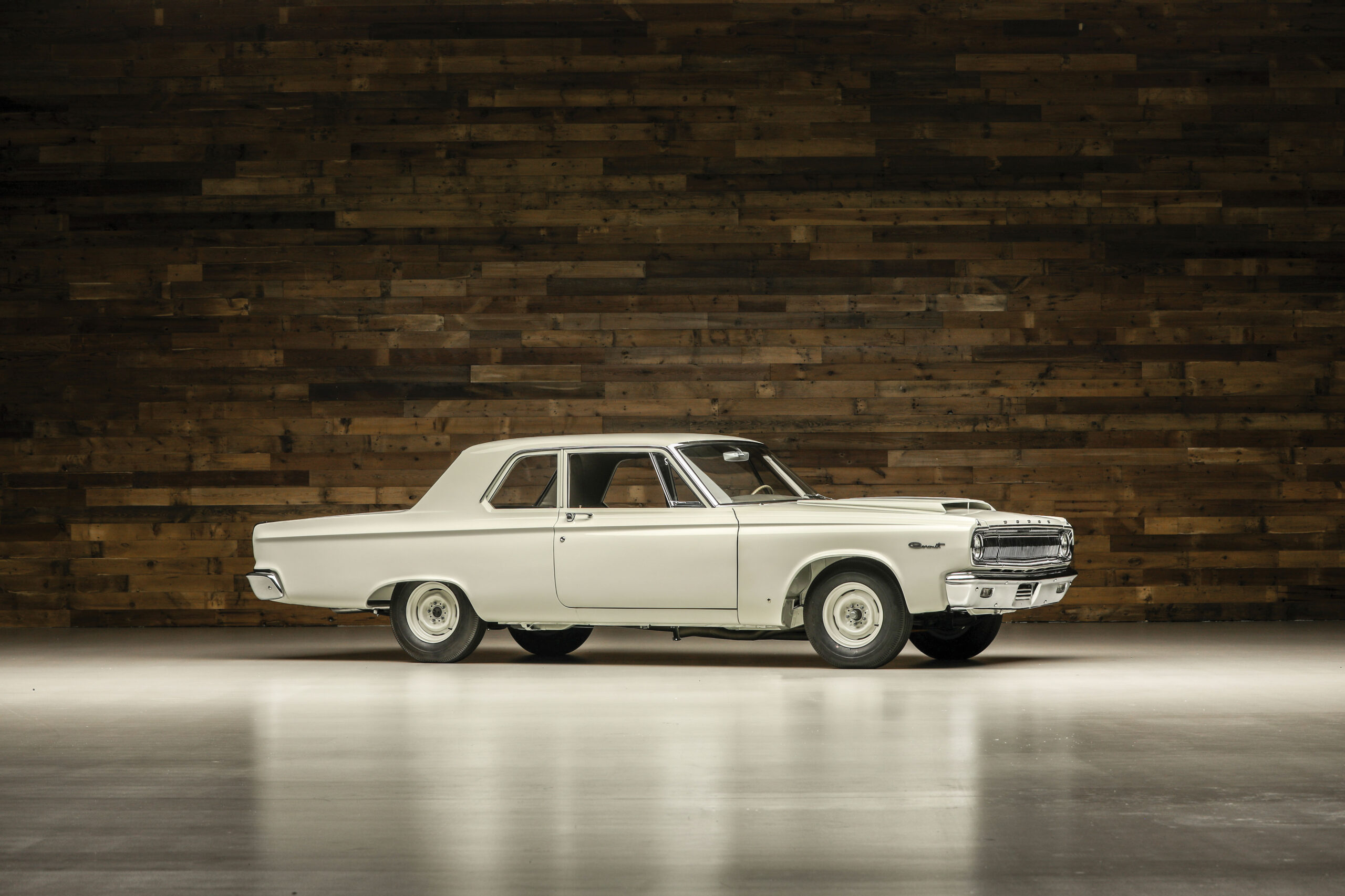Chrysler allowed the development of its Hemi engine for one real purpose: to win races. However, NASCAR in 1964 decided that Chrysler’s engine was not acceptable on its racetracks. Plan B was to build a factory car that would dominate the stock classes in NHRA-sanctioned drag racing. Thus was born the era of “A990” Super ...

Courtesy of Worldwide Auctioneers
Chassis Number: WO51252075